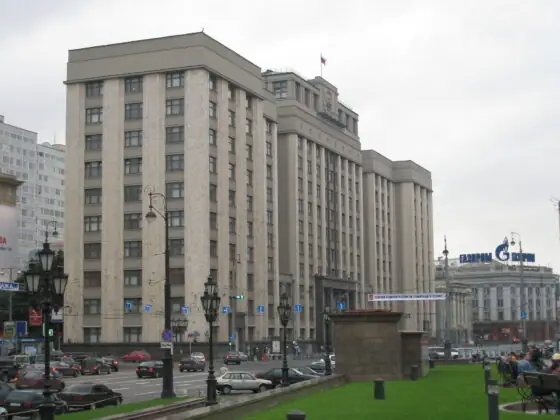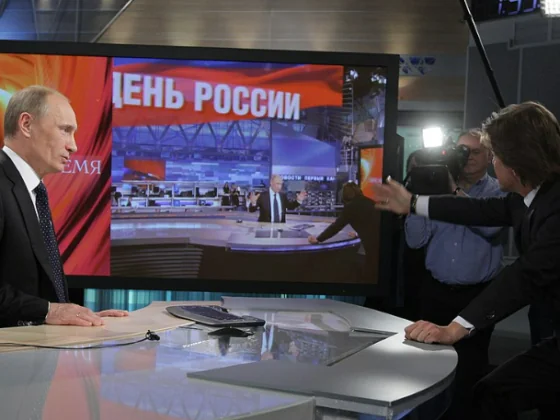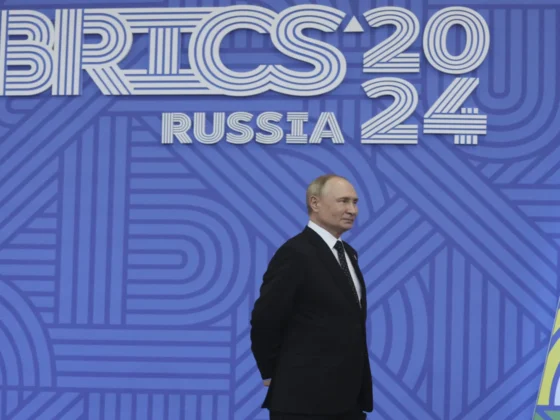Long accustomed to a seat on the sidelines of East Asian affairs, Russia now finds itself sought after as an energy and military partner, particularly by Vietnam, but increasingly by a wider range of states in Southeast Asia. Russia’s growing relations with Southeast Asian states, especially in energy and defense, and the development of an alternative northern shipping route to the Malacca Straits are changing perceptions of Russia’s potential role in the region, as Southeast Asian states seek to balance a rising China.
Indeed, it is not the Sino-Russian strategic partnership that will make Russia more of a player in East Asia, as Russian policymakers originally thought nearly two decades ago, but rather Russia’s role in counterbalancing Chinese power in the region, via defense and energy ties with Southeast Asian states. Although Russia finds support in China for its global positions, on a regional level Russian leaders have sought to enhance their country’s independence of action through an increasingly varied Southeast Asian diplomacy, including traditional allies like Vietnam, but also unexpected partners such as the Philippines.
This memo addresses Russian relations with China and Southeast Asian states in the context of disputes over boundaries and energy resources in the South China Sea. It examines how Russia balances its regional energy interests with its desire to play a role in Asia-Pacific regional institutions, its strategic partnership with China, and relations with Southeast Asian states. It also assesses China’s reaction to Russian offshore energy relations with Vietnam and outlines the growing role of Southeast Asia in Russia’s increasing effort to counterbalance China and open an alternative shipping route to the Malacca Straits in the north.
Russia: New Player in the South China Sea?
PONARS Eurasia Policy Memo No. 260
by Elizabeth Wishnick
July 2013









